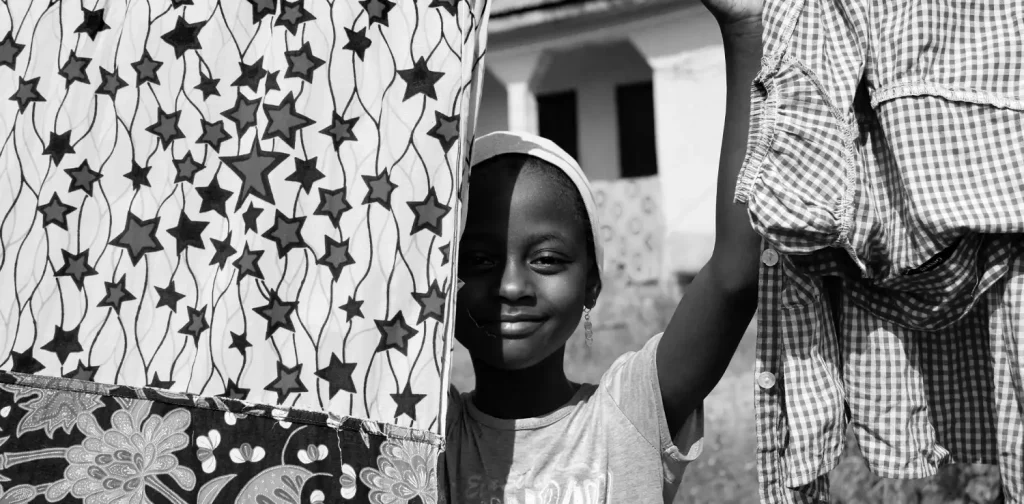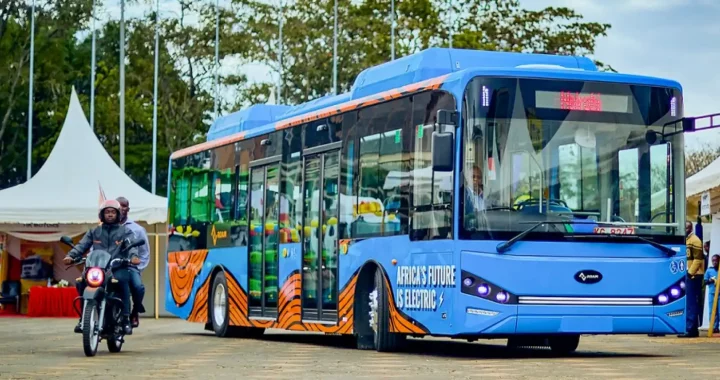ILO-UNICEF Reports Call for Social Protection to Eliminate Child Labour

Photo by Muhammadtaha Ibrahim Ma'aji on Unsplash
Children are a vulnerable group that needs legal protection, especially against exploitative behavior. However, child labor remains a persistent problem we have yet to solve.
Under the Sustainable Development Goals 8, the United Nations plans to end child labor in all its forms by 2025. In the efforts to accomplish the goal, the International Labour Organization (ILO) and UNICEF are working together to publish reports highlighting the importance of social protection in eliminating child labor.
The bleak statistics of child labor
The first report is titled Child Labour: Global estimates 2020, trends and the road forward, which was officially launched during the 5th Global Conference on the Elimination of Child Labour (May 15-20, 2022).
The report shows that there were 160 million child laborers globally at the beginning of 2020, 63 million girls and 97 million boys. Rural areas and agriculture were cited as the places where child laborers were commonly found. Without mitigation strategies, the number of children in child labor could rise by 8.9 million by 2022.
Social protection is seen as the key to reducing the number of child laborers. It covers a range of policies that can protect vulnerable families from poverty and exclusion, diminishing the key factors that cause child labor. However, at the time of the report, only 26.6% of children worldwide were receiving social protection.
Strengthening the social protection system
ILO and UNICEF further highlight the role of social protection in their most recent publication titled The role of social protection in the elimination of child labour. The report presents how social protection reduces child labor and facilitates schooling based on the evidence from various studies conducted since 2010.
The report makes several recommendations to strengthen social protection systems to prevent and eliminate child labor:
- Close the social protection coverage gap for children by prioritizing child benefits and supporting informal workers with social protections to support their transition to the formal economy.
- Provide an integrated social protection system throughout the life cycle, such as child and family benefits, maternity and unemployment benefits, old-age pensions, and health protection.
- Design social protection programs that are inclusive and child-labor sensitive. This means implementing policies that reach all households with children, simplifying the registration process and diversifying payment mechanisms, and increasing investments in social services vital for children.
- Build on the current strong political commitment to end child labor and establish universal social protection to strengthen consensus for action.
- Promote investment in social protection systems as a driver of development.
A universal wake-up call
The staggering number of child laborers should be raising our alarm about how critical the problem is. Moreover, the ILO-UNICEF reports cited stagnancies in progress towards eliminating child labor. By highlighting the importance of social protection, the ILO-UNICEF reports make it possible for lawmakers worldwide to step up their game in protecting the well-being of children.
The law must protect the well-being of children all around the world. After all, a sustainable future can only be reached through a collective effort to improve all areas of our society and make sure no one is left behind.
Editor: Nazalea Kusuma
Kresentia Madina
Madina adalah Asisten Manajer Publikasi Digital di Green Network Asia. Ia adalah lulusan Program Studi Sastra Inggris dari Universitas Indonesia. Madina memiliki 3 tahun pengalaman profesional dalam publikasi digital internasional, program, dan kemitraan GNA, khususnya dalam isu-isu sosial dan budaya.

 Test Custom Feature Image
Test Custom Feature Image  Electric Vehicles Roam the Roads of Kenya
Electric Vehicles Roam the Roads of Kenya  FedEx Engages Employees with Beach Clean-Up Initiative
FedEx Engages Employees with Beach Clean-Up Initiative  Come Back Stronger: Building Philippines’ Resilient Economy Post-COVID-19
Come Back Stronger: Building Philippines’ Resilient Economy Post-COVID-19  Inside Experian’s Sustainability Journey: An Interview with Chief Sustainability Officer Abigail Lovell
Inside Experian’s Sustainability Journey: An Interview with Chief Sustainability Officer Abigail Lovell  5 Food System Actors That Have Taken the 123 Pledge to Reduce Food Loss & Waste
5 Food System Actors That Have Taken the 123 Pledge to Reduce Food Loss & Waste  Test premium post
Test premium post